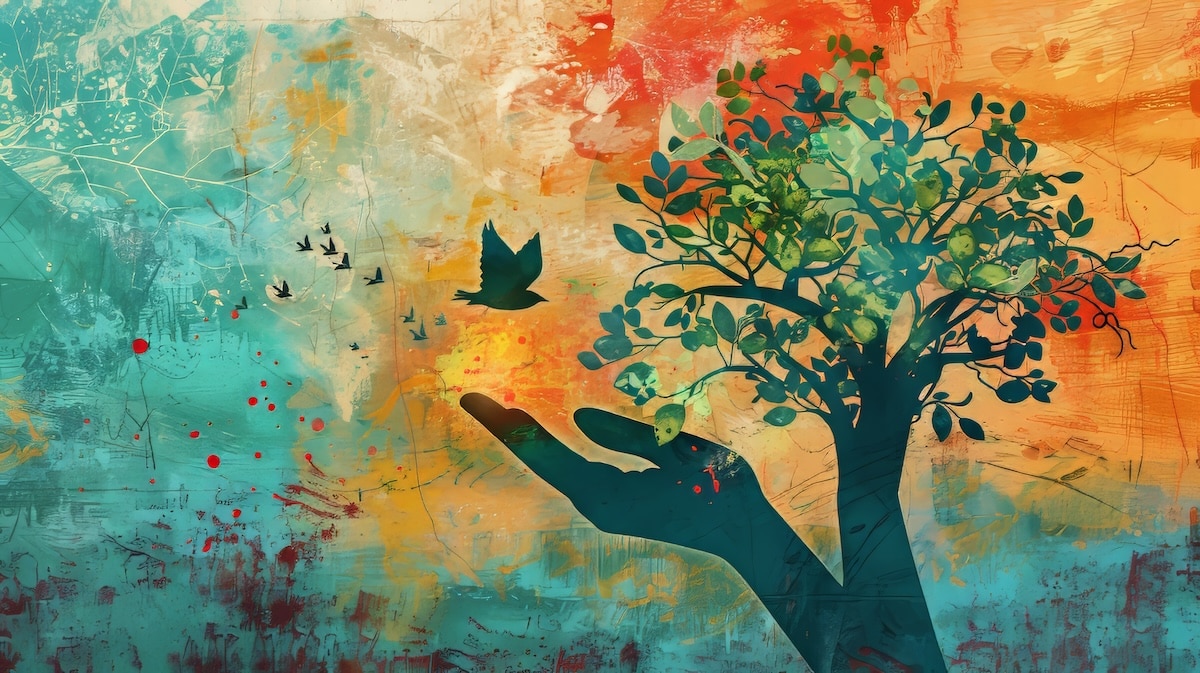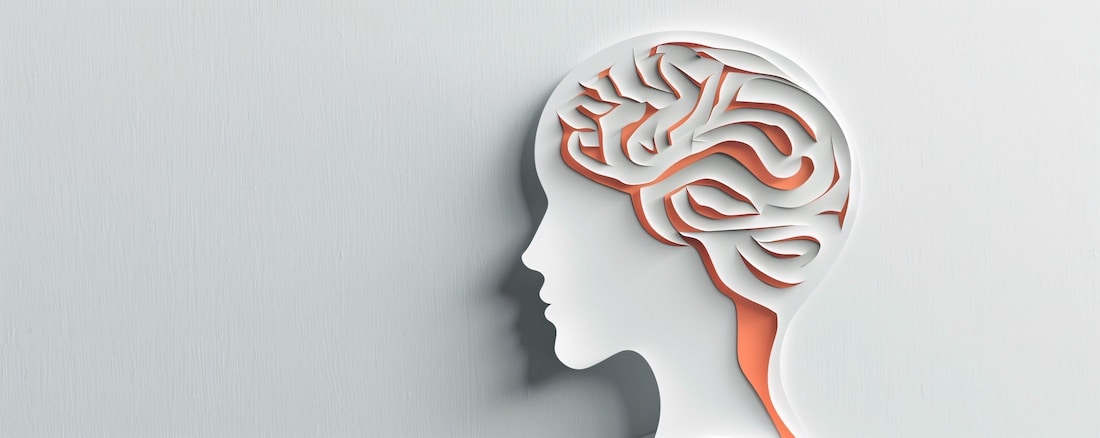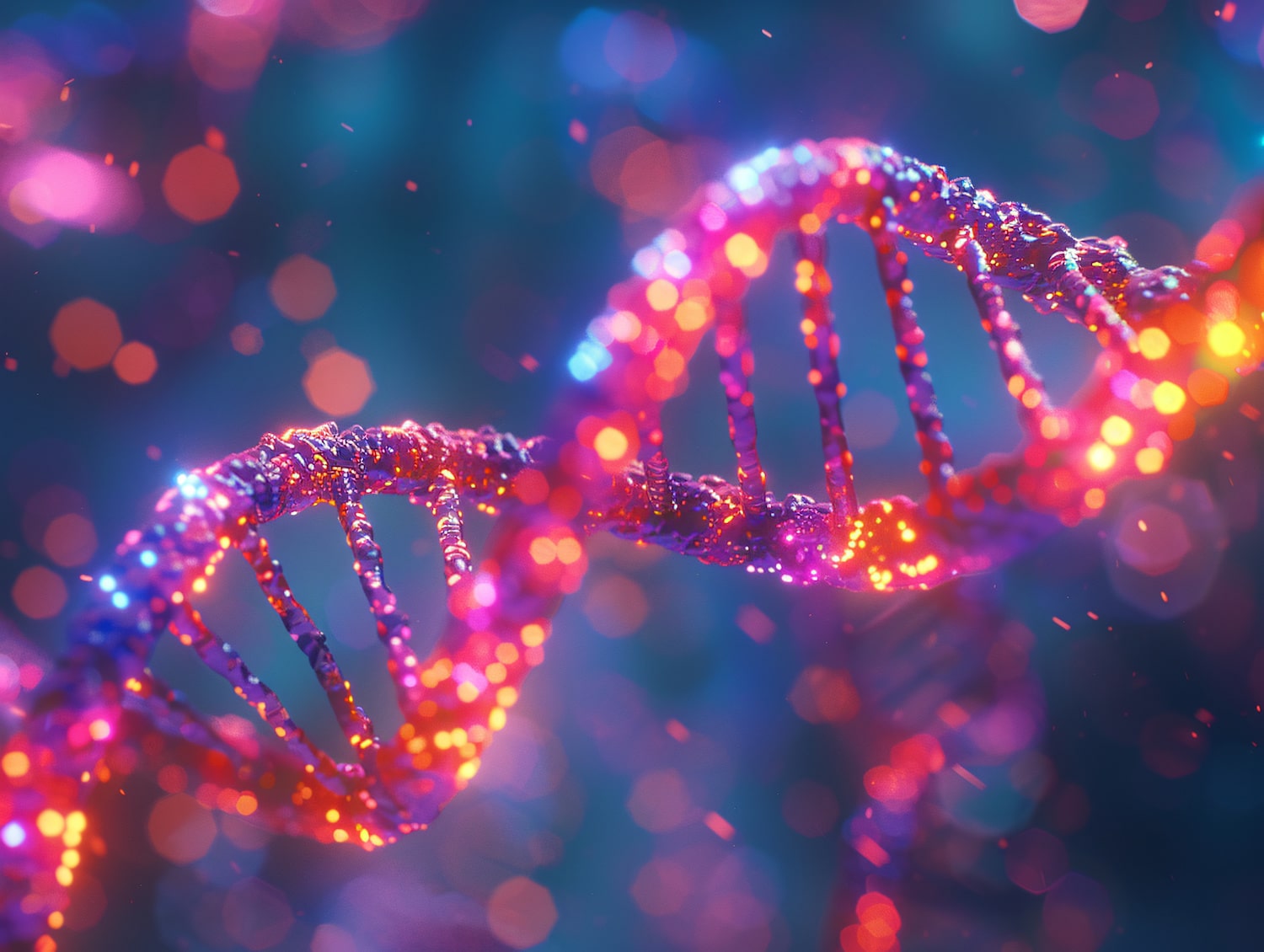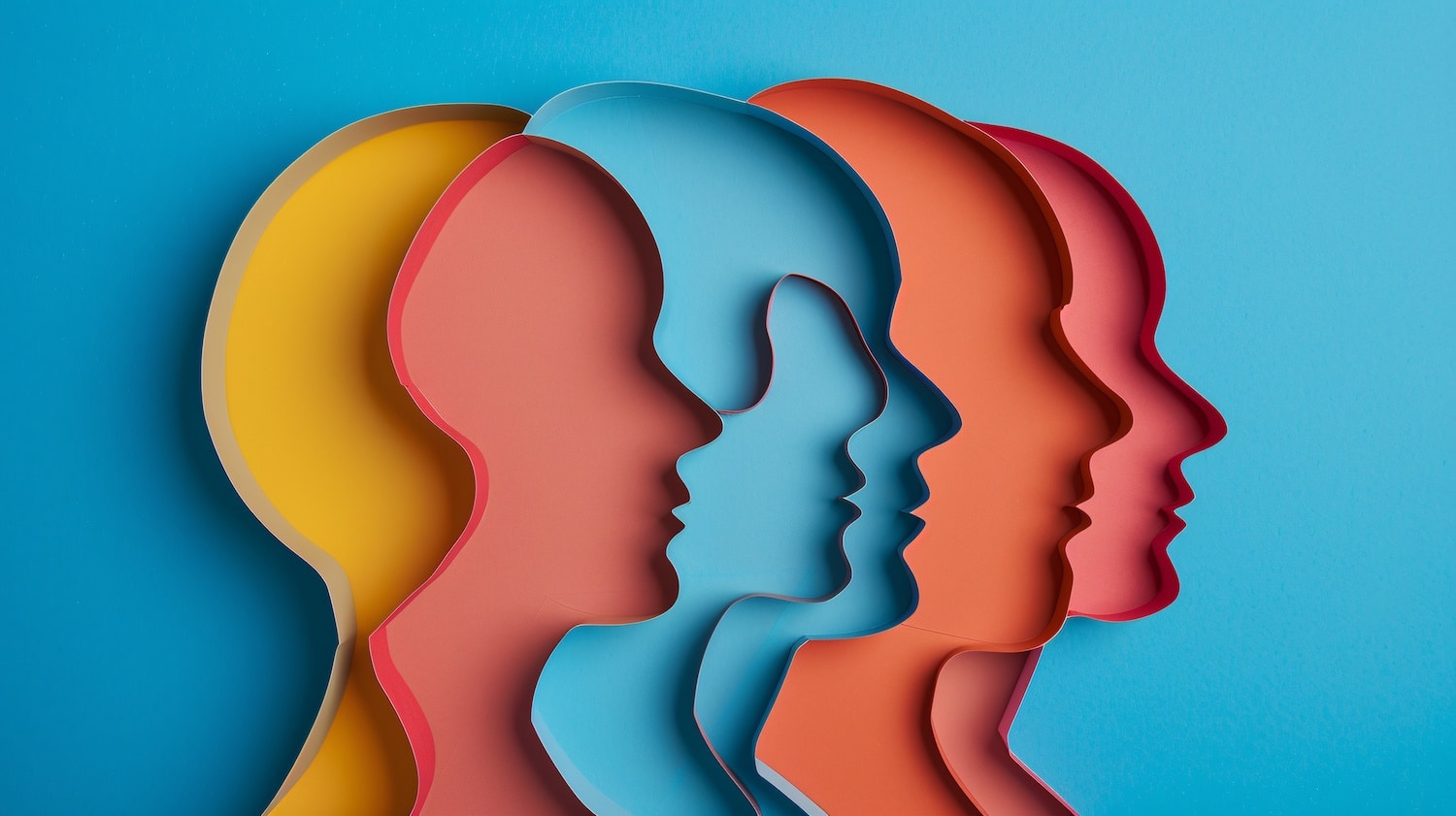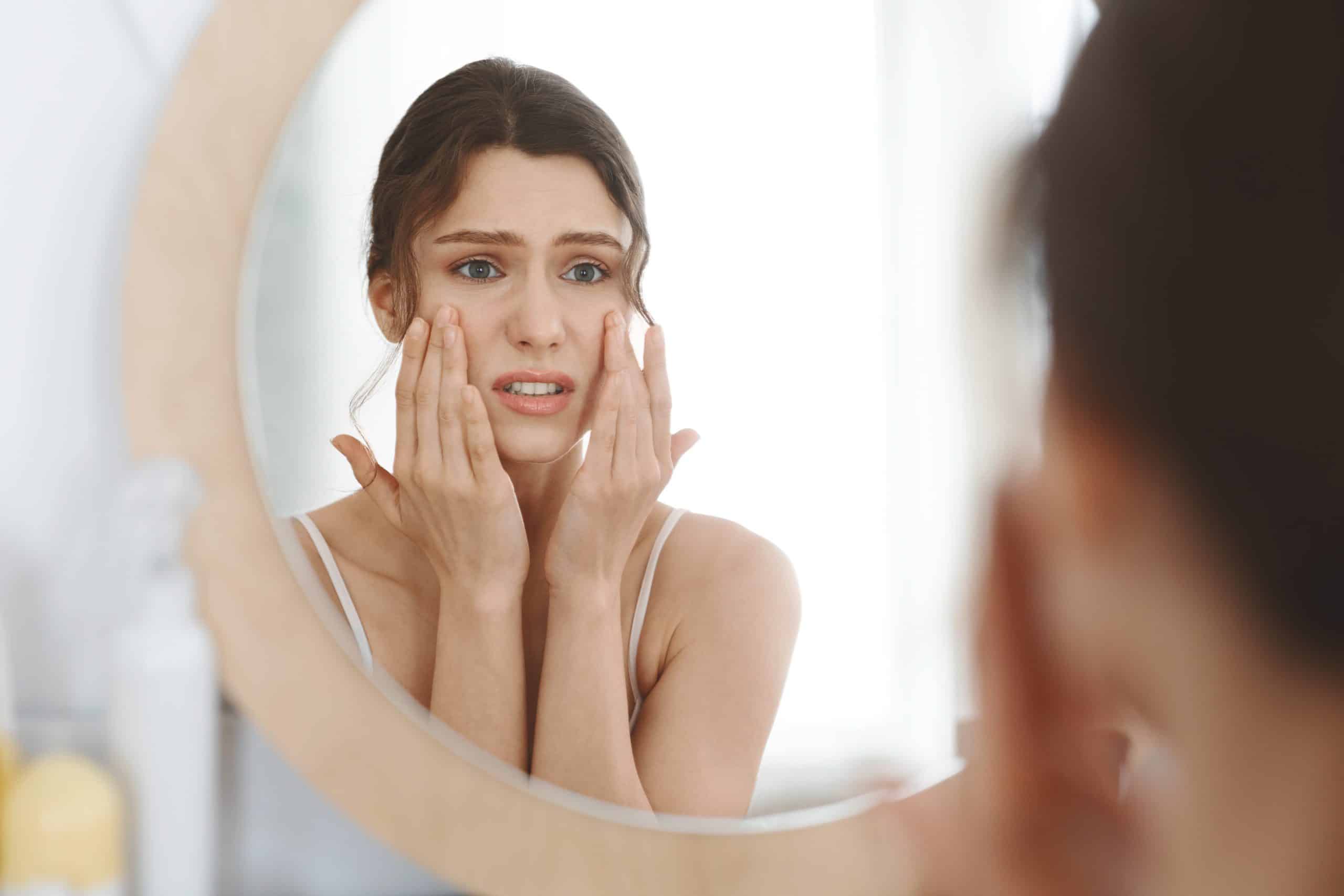
How Does Drinking Alcohol Affect Your Skin?
Around 5% of adults in the U.S. drink heavily and although the dangers that alcohol abuse poses to your liver, heart, and other organs are widely publicized, you may not be aware of the impact that excessive alcohol consumption can have on your skin like alcohol skin rashes. Drinking excessively not only takes its toll on your skin’s appearance, but it can also worsen pre-existing skin conditions and leave you vulnerable to skin problems. Recognizing the signs of alcohol skin problems early on allows you to address your drinking habits before you cause irreversible harm to your body.
Red Face and Alcohol Intake
The typical image that many of us have of someone who drinks heavily is that they have a red face. The answer to the question “Can I get a rash from drinking too much?” is that it depends. When you drink alcohol your blood vessels dilate, increasing blood flow near the skin’s surface, giving your face a red color or an alcoholic rash. Some people are more prone to facial flushing though because of a genetic mutation. These individuals can’t process alcohol effectively, which not only leads to alcohol skin rashes, but can also make them feel dizzy and cause palpitations, nausea, and vomiting from only small amounts of alcohol. This gene mutation is more common among people of Chinese, Japanese, and Korean descent.
Additionally, when someone regularly drinks large quantities of alcohol, spider veins (or what some think is a rash from drinking too much) can appear on the surface of their skin. While alcohol can directly cause an alcoholic rash, if you have liver damage because of drinking, this can also contribute to the appearance of extra veins. As your veins are more prone to damage with alcohol abuse, they become leaky, which can also cause your face and other areas of your skin to look swollen.
Alcohol and Dry Skin
Dry skin is a common problem and although things like sun exposure, cold winds, and low-fat diets can dry out your skin, your choice of beverage can also strip your skin of moisture. People with high intakes of caffeine and alcohol are more prone to dry skin, but a regular coffee habit has less impact than drinking heavily. Alcohol has a greater diuretic effect, which can lead to dehydration. When you’re dehydrated less water is available to moisturize your skin, leading to skin that is rough, flaky, itchy and is more prone to sensitivity. Moderating your alcohol intake by alternating alcoholic beverages with water can help prevent dehydration, which also means you’re less likely to feel the effects of drinking the next day.
Alcohol and Skin Aging
Although it’s well-known that smoking causes premature skin aging, you may not realize that when it comes to drinking excessively, alcohol skin problems like wrinkles are also a risk. This in part relates to the fact that dehydrated skin is more likely to develop fine lines and creases. There’s also a connection between alcohol and wrinkles because alcohol generates free radicals, which can adversely affect your skin’s structure, making it more prone to fine lines. This may come as a surprise to you, as drinking moderately, particularly when it’s red wine, is often said to protect your heart due to its antioxidant content. The disconnect arises because, at higher intakes, alcohol acts as a pro-oxidant, it actually generates free radicals rather than neutralizing their effects.
What Skin Condition Is Made Worse By Alcohol?
Another problem caused by drinking too much alcohol is that it may exacerbate skin conditions that someone already has like rosacea and psoriasis. Rosacea affects around 16 million Americans and is characterized by redness across the cheeks, chin, forehead, and nose, though it can spread to affect the ears, scalp, and chest. Over time, rosacea can cause visible blood vessels, so it’s no surprise that alcohol can exacerbate the problem. However, if left untreated, excess tissue can grow in the form of bumps across affected areas. Sufferers usually find that red wine is most likely to trigger flare-ups and a single drink is often enough to bring on symptoms.
Meanwhile, around 7 million people in the U.S. suffer from psoriasis, which usually occurs as raised, red scaly areas on the face, scalp, elbows, palms, back, knees, and soles. Psoriasis is usually worse in men who drink heavily. Due to the link between alcohol and psoriasis, this skin condition is more common among alcoholics. However, if you’re female and have psoriasis, you should also be aware that alcohol can interact severely with some skin treatments.
Heavy Drinking and Nutrition
When you become dependent on alcohol, your nutritional intake can suffer, placing you at risk of micronutrient deficiencies. For example, if you neglect your diet and eat less fruits and vegetables, you may have a vitamin C deficiency. Vitamin C is important for collagen production, the protein that keeps your skin supple. Alcohol also interferes with the absorption of the fat-soluble vitamins A and E, which both help to protect your skin from damage. Drinking heavily can also negatively impact your skin because the metabolism of alcohol depletes levels of B vitamins that otherwise promote healthy circulation to deliver additional nutrients to your skin.
Physical Signs of Alcoholism: Alcohol and Bruising
Apart from premature skin aging, rosacea, and psoriasis, there are other physical signs of alcoholism. Individuals who drink heavily are more likely to bruise easily, most likely due to the impact that alcohol has on nutrition. Research shows that extensive bruising can arise among alcoholics because of scurvy, caused by a severe deficiency of vitamin C. Bruising is more likely because, without enough vitamin C to support collagen production, blood vessels become fragile and damage easily. Similarly, a deficiency of vitamin K, which is needed for blood clotting, can also cause bruising.
Alcohol and Skin Infections
Another impact that alcoholism has on the skin is that individuals who drink heavily are more prone to infections. Even just a single drink reduces immune function, which can become worse when you drink regularly, placing you at risk of skin infections. Alcohol can directly impair your immune system but can also do so indirectly if you develop deficiencies of vitamin C and zinc, both of which help to maintain a strong immune system. Another reason why skin infections occur more often is that your skin usually acts as a barrier to the entry of microbes, but when your skin becomes dry and breaks down, bacteria and fungi can enter the upper layers of your skin.
Skin Cancer and Alcohol
While excessive alcohol consumption is a risk factor for cancers that affect your mouth and digestive system, heavy drinking can also increase your risk for skin cancer. This is the case for both malignant melanoma and non-melanoma skin cancers, with research showing that drinking more than seven alcoholic beverages each week makes either form of skin cancer significantly more likely, as does a higher alcohol intake over your lifetime. For someone who exceeds recommended guidelines, skin cancer may occur more frequently due to taking greater risks in the sun, having dry skin that’s more susceptible to damage, or having a low intake of dietary antioxidants that otherwise protect the DNA in skin cells from UV rays.
Jaundice From Liver Damage
Apart from skin infections and a higher risk of skin cancer, other physical signs of alcoholism include yellowing of the skin. Developing a yellow skin tone can be a sign of jaundice, indicating that heavy alcohol use has damaged your liver.
Get Treatment for Alcohol Addiction At Steps to Recovery
If you’re struggling with an alcohol addiction, we’re here for you. At our alcohol detox rehab, we provide individualized, person-centered care to help each client uncover the “why” behind their addiction and help them build foundational relationships that help answer the “how” in moving forward. Steps to Recovery’s addiction treatment methods include:
- Family counseling
- Group therapy
- Cognitive behavioral therapy (CBT)
- Dialectical behavior therapy (DBT)
To learn more about our alcohol addiction treatment, contact the Steps to Recovery team today at 267.209.7312.
Resources
“Alcohol – data, trends and maps,” CDC, accessed September 14 2014
“Drinking until you’re red in the face,” University of Michigan, accessed September 14 2014
“Combating dry skin,” Saint Louis University, accessed September 14 2014
“Skin care,” Princeton University, accessed September 14 2014
“Antioxidants and skin care – media hyper or wonder drug?” Vanderbilt University, accessed September 14 2014
“Red wine named top alcohol trigger,” National Rosacea Society, accessed September 14 2014
“How cigarettes and alcohol affect psoriasis,” National Psoriasis Foundation, accessed September 14 2014
“Alcohol and nutrition,” National Institute on Alcohol Abuse and Alcoholism, accessed September 14 2014
Ian Fraser & Mark Dean, “Extensive bruising secondary to vitamin C deficiency,” BMJ Case Reports, (2009):bcr08.2008.0750, accessed September 14 2014
“Alcohol and your health after SCI,” University of Washington, accessed September 14 2014
J Kubo et al, “Alcohol consumption and risk of melanoma and non-melanoma skin cancer in the Women’s Health Initiative,” Cancer Causes and Control, 25(2014):1, accessed September 14 2014
“Jaundice in the adult patient,” American Family Physician, accessed September 14 2014
Explore this article:
Explore Our Facilities
Drug and alcohol detox and residential treatment for addiction and mental health disorders
Outpatient treatment center for substance use disorder and mental health disorders
Outpatient treatment center for substance use disorder and co-occurring mental health disorders

